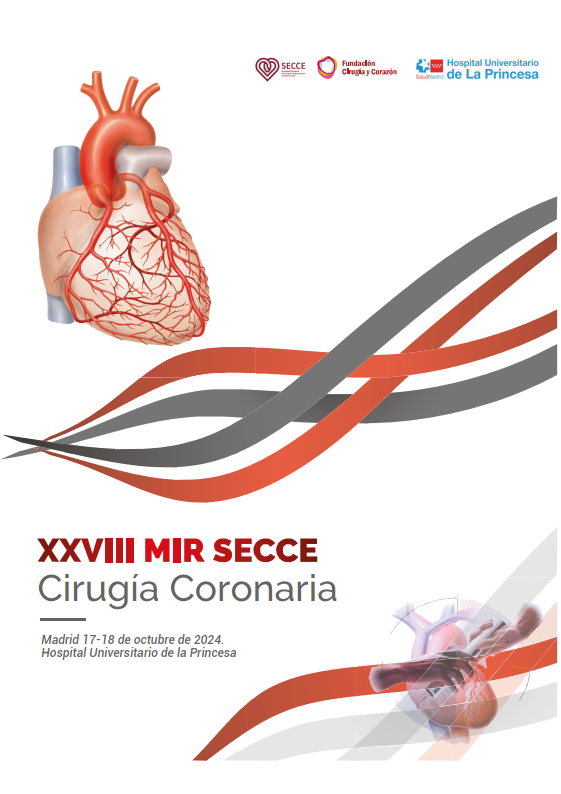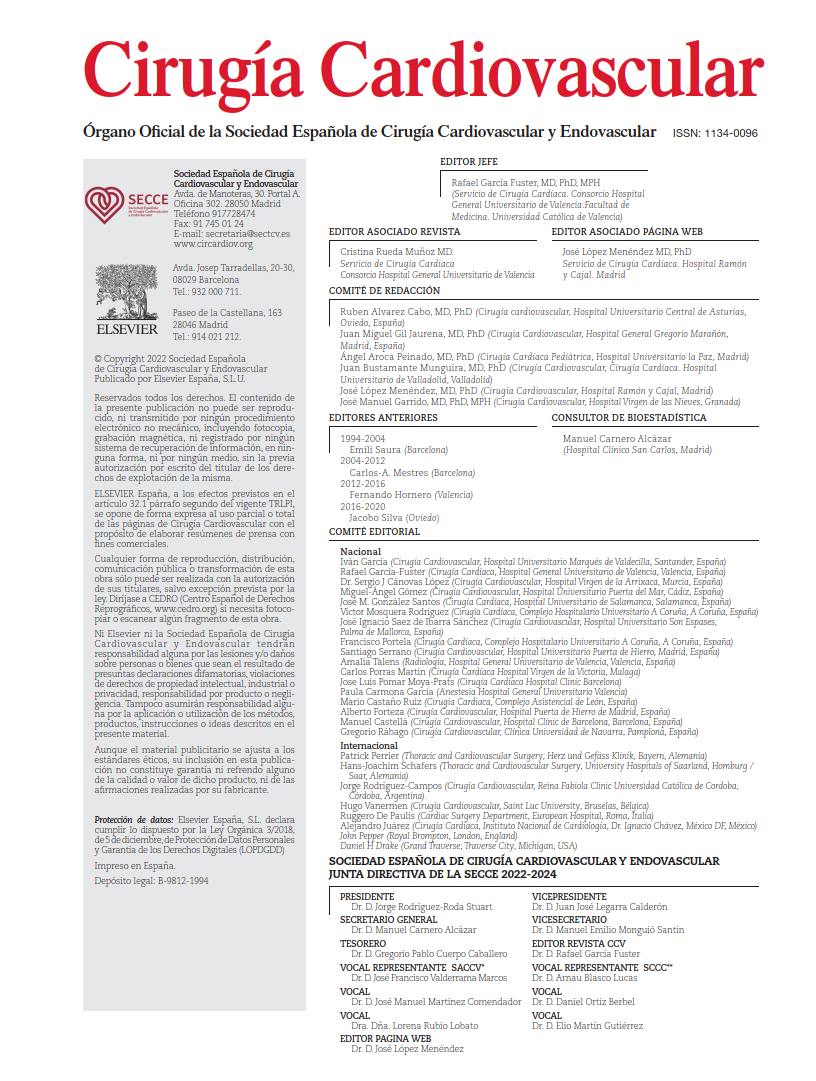Transfemoral access is the preferred route for most TAVI procedures. Although complication rates have declined due to the refinement of devices and improvements in preprocedural planning, percutaneous vascular closure remains a critical step. The choice of closure device is not standardized and depends largely on operator experience and patient-specific anatomical factors.
The ACCESS-TAVI trial provides relevant evidence by randomly comparing two commonly used strategies in clinical practice: closure with two suture-based devices (ProGlide™/ProStyle™, Abbott) versus a combined approach using a suture device plus an extravascular collagen plug (one ProGlide™/ProStyle™ and one Angio-Seal®, Terumo). Variables assessed included technical success, time to hemostasis, need for manual compression or additional devices, and vascular and bleeding complications according to VARC-3 criteria.
ACCESS-TAVI was a randomized, multicenter, prospective trial enrolling 454 patients with severe aortic stenosis undergoing transfemoral TAVI. Participants were randomized 1:1 to receive either double suture closure (suture group) or suture plus collagen plug (combined group). The primary endpoint was the composite of major or minor access-site–related vascular complications during index hospitalization. Secondary endpoints included time to hemostasis, bleeding events ≥ type 2, and 30-day mortality.
The results showed a significantly lower incidence of the primary endpoint in the combined group (27% vs. 54%; p < .001), faster hemostasis (108 ± 208 s vs. 206 ± 171 s; p < .001), and reduced need for prolonged manual compression or additional closure devices. Bleeding events ≥ type 2 were also less frequent in the combined group (6.2% vs. 12.1%; p = .032), with no significant difference in 30-day mortality.
The authors concluded that the combined closure strategy using suture and collagen plug was superior to the suture-only approach in reducing both major and minor vascular complications in patients undergoing transfemoral TAVI. This technique allowed for faster hemostasis, reduced need for adjunctive maneuvers, and lower rates of clinically relevant bleeding, without negatively affecting short-term mortality.
COMMENTARY:
As a cardiovascular surgeon, I still consider open surgical repair of the vascular access site to be an excellent option in selected cases. However, it is undeniable that percutaneous closure devices have evolved considerably and are now routinely used in many centers. The main difference between interventional cardiologists and surgeons is not necessarily the device itself, but rather the approach to failure: surgeons tend to proceed directly to open repair, while cardiologists will often exhaust all percutaneous options first (and at that point, calling a surgeon becomes urgent).
In the current era—marked by older patients with greater frailty and comorbidities—minimizing access-related complications has become increasingly important. This well-designed study, with an adequate sample size, provides robust and pragmatic evidence. Its main practical takeaway is that a combined closure strategy using suture and a collagen plug offers clear advantages in terms of hemostatic efficacy and reduction of minor complications, without increasing mortality or major adverse events.
At the University Hospital Complex of A Coruña (CHUAC), our experience with percutaneous automatic closure systems in transfemoral TAVI procedures is more limited, as we routinely favor non-transfemoral accesses, with the left transcarotid approach being our preferred route. However, this access requires surgical dissection and cannot be performed percutaneously.
Nevertheless, in cases performed via the transfemoral route —as well as in TEVAR procedures— we frequently use the ProGlide™ closure system, with satisfactory results, provided the device is both inserted and removed during the same procedure. In contrast, we have discontinued its use in the context of venoarterial ECMO, as in our experience it carries a high risk of failure. This is mainly due to the arterial cannula remaining in place for several days prior to removal.
A limitation of the study is that all operators were trained in both techniques, which may not reflect the learning curve in other institutions. The study also did not assess the potential impact of routine intraoperative ultrasound guidance, nor did it explore the usefulness of staged or sequential closure strategies—factors that could influence the generalizability of the findings. Moreover, no cost-effectiveness analysis was included, an important aspect in decision-making for vascular closure strategies. Finally, the study did not report specific data on lower limb ischemia or on the impact of each technique on distal perfusion—an infrequent but clinically relevant complication that may lead to reintervention.
In conclusion, ACCESS-TAVI does not represent a paradigm shift in closure strategy, but it does provide robust evidence to support the use of a combined suture and collagen plug technique as a safe and efficient alternative, particularly in scenarios where minimizing procedure time and access-related complications is a priority. As always, device selection should be individualized based on vascular anatomy and team experience.
Vascular closure in TAVI is no longer a minor technical step but a critical phase of the procedure. Trials like ACCESS-TAVI remind us that technique, patient selection, and operator expertise are just as crucial as the choice of closure device.
REFERENCE:
Rheude T, Ruge H, Altaner N, et al. Comparison of strategies for vascular ACCESS closure after Transcatheter Aortic Valve Implantation: the ACCESS-TAVI randomized trial. Eur Heart J. 2025;46:635–645.



